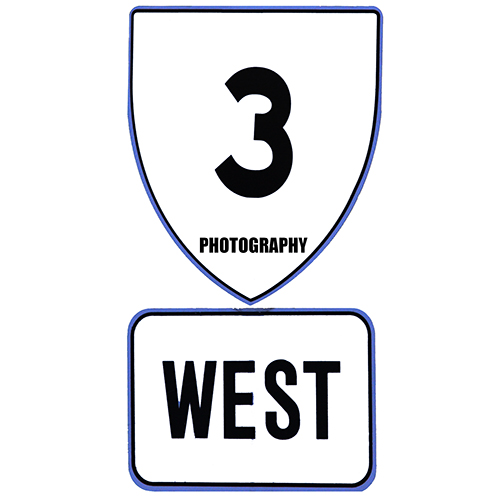What has become one of my favourite times of year in recent years is spring. Spring means Spring Migration. The time of year when all the birds come back to our area, as they pass through or stay in this area for the breeding season. Some of the first birds to arrive are the Raptors. Red-tailed Hawks, Northern Harriers, Bald Eagles, American Kestrels, to name a few. Like all birds species, not all birds migrate. Some stay in the northern areas as long as they can find food. But spring always means the arrival of many more.
Bald Eagle.
A first for me this year was travelling to Grimsby to the Beamer Memorial Conservation Area. There is a Hawk Tower here to watch the birds migrate back. This is a wonderful place for viewing the Spring Migration. According to their website (https://npca.ca/parks/beamer-memorial/) "Internationally recognized as an official ‘Important Bird Area’, spectacular birds of prey can be seen flying over the site during their spring migration. Best viewing times are March 1 through May 15 between 10 a.m. and 3 p.m. on warm, sunny days, especially with winds ahead of a warm front."
Red-shouldered Hawk.
Of course all different birds can be seen at different times. You can track what is being seen at http://hawkcount.org/. While I was there I was lucky enough to see Red-tailed Hawks, Red-shouldered Hawks, American Kestrels, as well as lots of Turkey Vultures. A Red-shouldered Hawk was a first for me. Unfortunately it wasn't as low as I would have liked, but I was still able to get a picture. Thankfully a Red-tailed Hawk was low enough for a real nice photograph.
Red-tailed Hawk.
On the tower there was someone there counting the birds and a few other very experienced bird watchers. This is very handy for myself, because I still have lots to learn. They were all very friendly and willing to answer any questions that I had. They explained how they knew if a bird was a migrating bird or a local bird. The local birds would fly erratically and circle back. They explained that these birds were showing the other birds what is their territory. The migrating birds would just continue flying in a straight line.
Eastern Bluebird.
It was amazing to see these birds just appear out of nowhere. One second the sky was clear, the next there were several birds. Following the Hawk Count website I saw that there were other days with many more birds than I saw, but I did see lots of birds and it was a great experience.
Sandhill Cranes.
Another treat during Spring Migration is the Sandhill Cranes and Tundra Swans around the Long Point area. There are days when you can see many flocks flying over, and resting in the fields. Sometimes they are hanging out together and they aren't hard to miss. The Tundra Swans stick out with their bright white plumage against the dull browns of the fields. And very tall Sandhill Cranes are quite easy to see even from a distance. Although sometimes the Sandhill Cranes are difficult to spot as their colour blends right in with the old corn stalks from the previous growing season. Another reason the Sandhill Cranes are easy to spot, is because they are very talkative, especially in the Spring. They make sure their presence is known. I love hearing a large flock of Sandhill Cranes flying over. They give you a heads up to prepare for a photograph.
Tundra Swan.
Another unbelievable sight is the large flocks of Red-winged Blackbirds that arrive. If you have never witnessed the Spring arrival or the Fall departure of the Red-winged Blackbirds, you need to put it on your bucket list. There are literally thousands of the Red-winged Blackbirds travelling together. One second they are in the air, then back down to the field. Then up again, then down again. A very mesmerizing experience. They are also very noisy as they are celebrating the arrival of spring.
American Goldfinch.
With the arrival of all these different bird species in their bold breeding season colours just makes you feel alive. You've made it through the long winter, and you can look ahead to the warmer weather in the summer months while you wait for the Fall migration.
Till next time,











